Choosing the right equipment for optimal power distribution: guide and tips
Choosing the right equipment for optimal power distribution: guide and tips
Ensuring optimal electrical distribution is essential for the safety, performance, and durability of your installations. Whether it's for an event, a temporary building, or a permanent structure, every electrical setup requires a careful selection of suitable equipment that complies with current standards. A well-designed distribution board, properly rated circuit breakers, efficient power management, and reliable electrical circuits are key to ensuring maximum protection against electrical hazards.
At GL events Audiovisual & Power, this high level of requirement applies equally to the scenography of a music festival and to the technical power distribution of international trade shows such as Sirha Lyon.
Understanding electrical distribution needs
Before any electrical installation, it is essential to thoroughly assess the specific requirements in terms of power distribution. Each project—whether it's an event site or a temporary structure—has its own set of demands concerning power capacity, energy supply, safety, and energy management. The distribution of circuits, the selection of appropriate equipment, and the design of the electrical panel must meet several criteria: load capacity, number of outlets, type of equipment used, and compliance with applicable standards.
This evaluation process is especially critical for outdoor events such as the Martin Fourcade Nordic Festival. GL events Audiovisual & Power handled the electrical distribution across the entire site, powering diverse areas such as the village, the shooting range, and the VIP tent. This service required meticulous planning to ensure a reliable and tailored power supply for each zone, taking into account the specific challenges of an open-air environment.
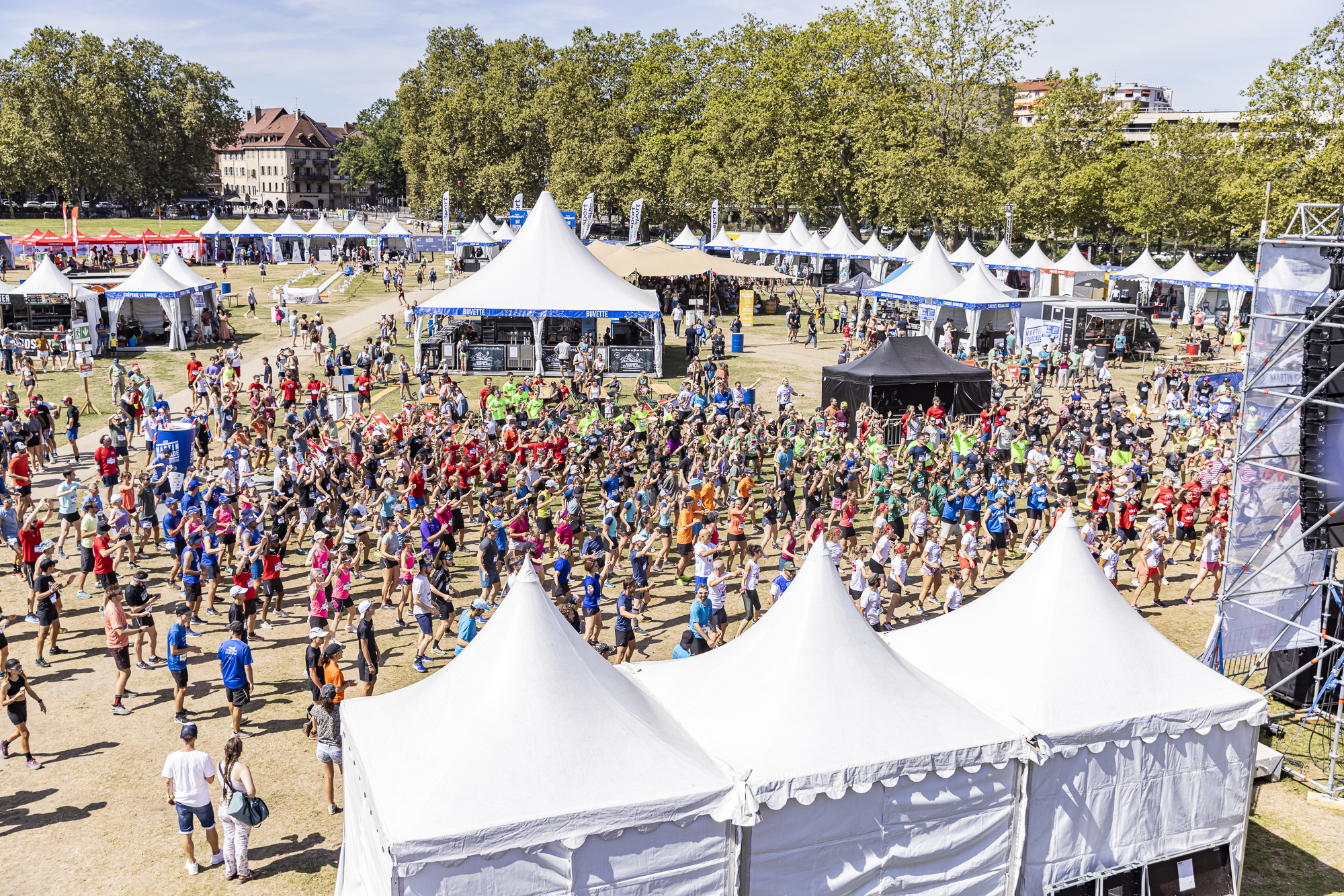

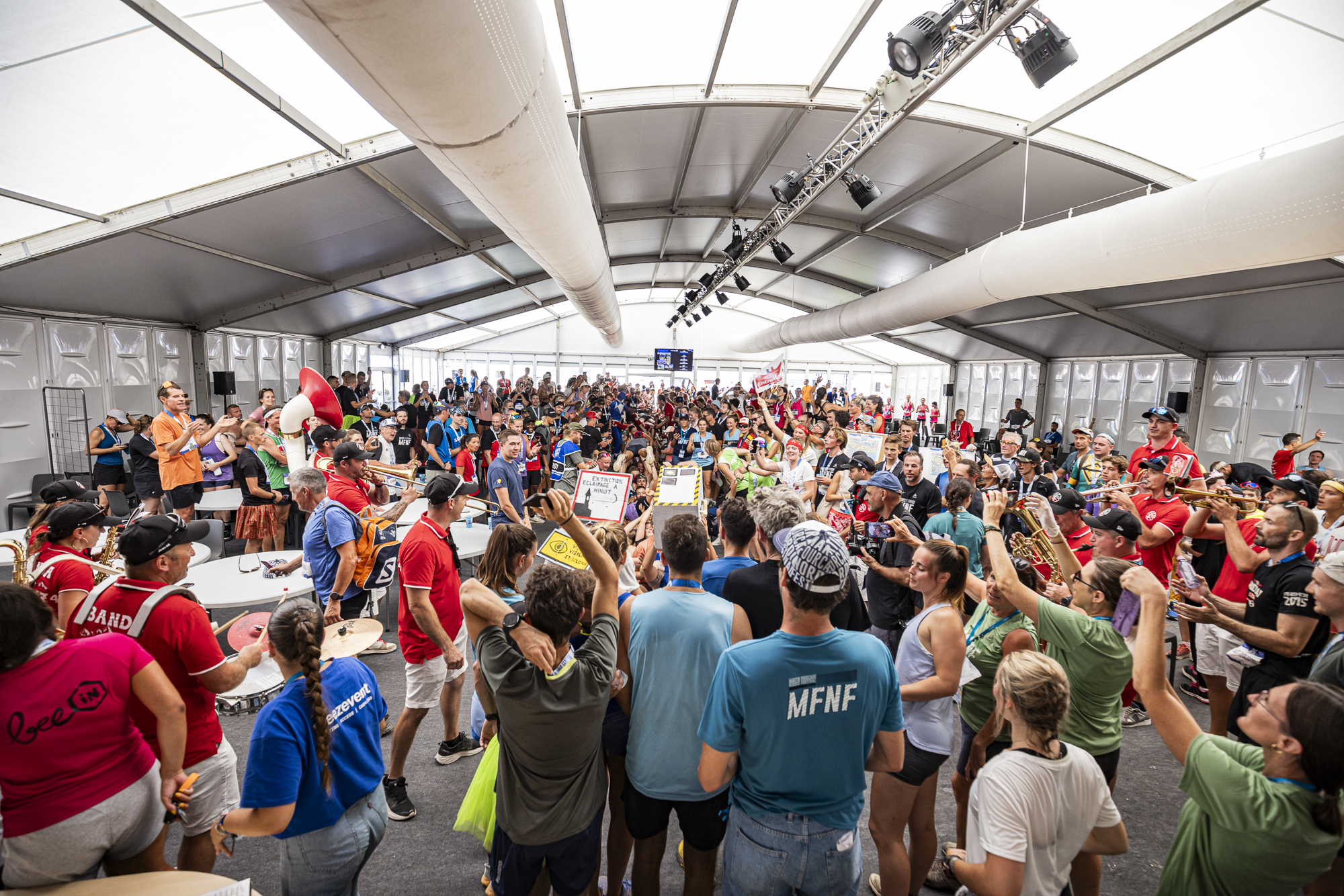
Assessing the specific requirements of your project
Each project presents unique characteristics that directly influence the design of the electrical system. It is essential to identify several key elements beforehand: the required power load, type of supply, circuit layout, number and placement of outlets, as well as the necessary safety levels. A thorough analysis must also take into account the installation environment—whether indoor or outdoor—exposure to weather conditions, duration of use, equipment accessibility, and regulatory constraints.
During the 2023 Rugby World Cup, GL events Audiovisual & Power provided and installed the electrical distribution system for temporary structures such as media centers, partner villages, and security checkpoints. This operation required a detailed study of the specific needs of each area to ensure a reliable power supply tailored to the event's requirements.
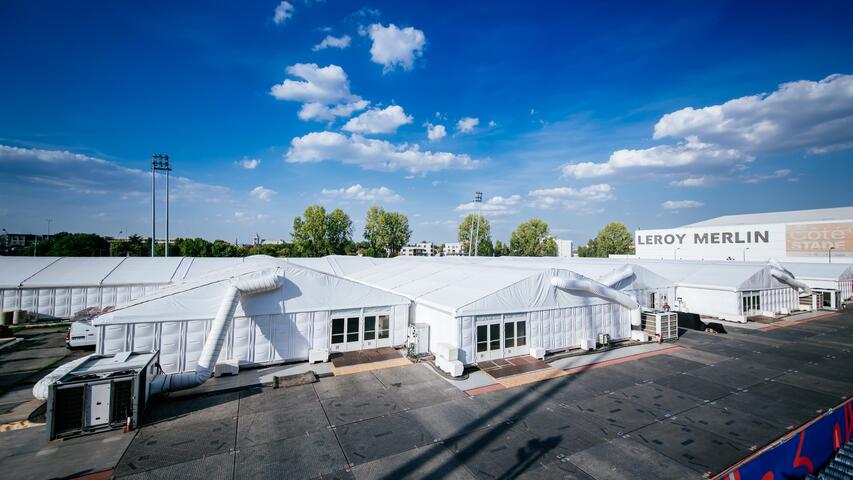
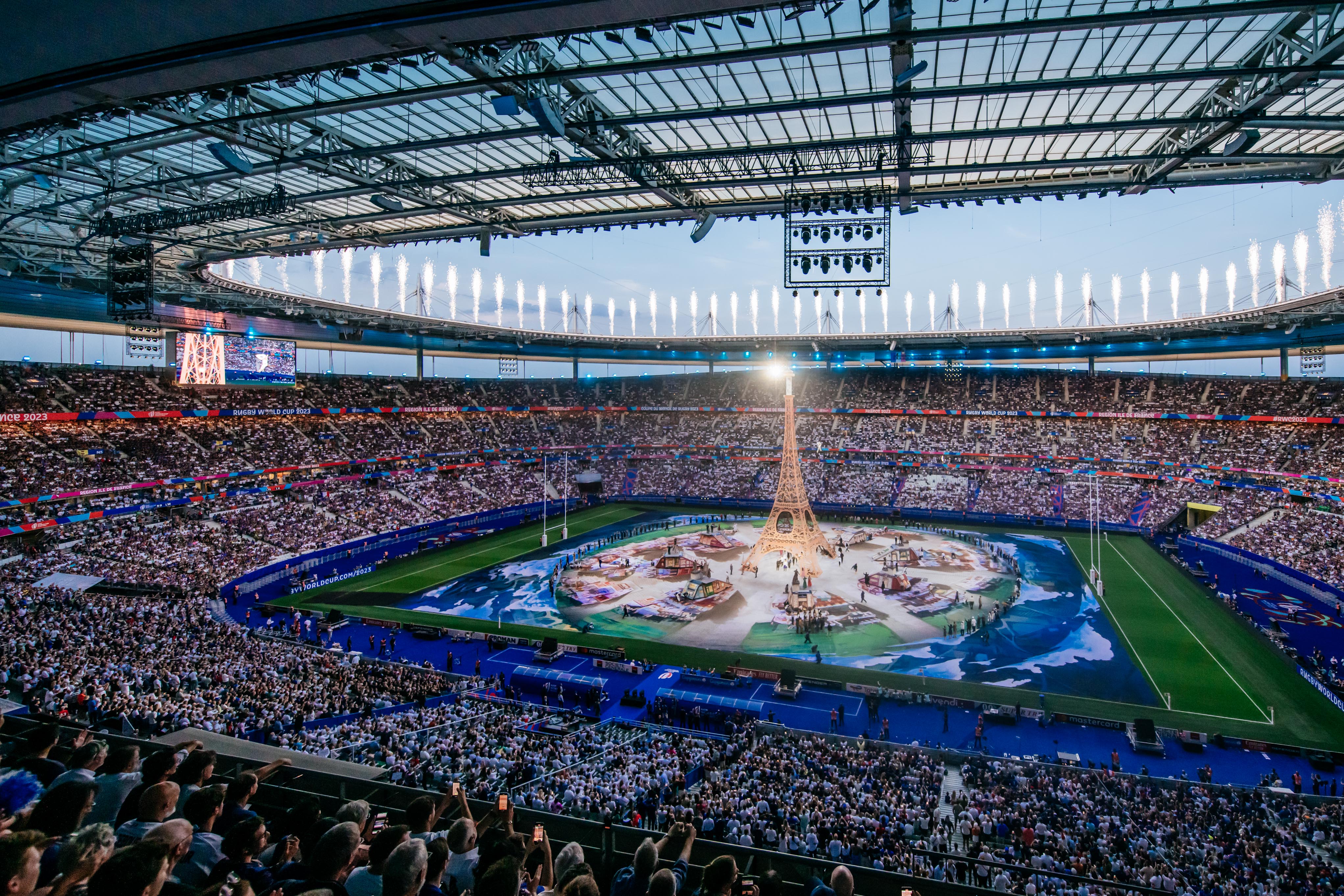
By accurately assessing your needs, you can properly size your distribution board, select the appropriate circuit breakers, and install reliable equipment that ensures optimal energy management. This step is essential to guarantee the longevity and safety of your installations.
Assessing the expected energy consumption
Assessing energy consumption is a critical step in anticipating the network’s capacity. This analysis helps determine the total power that your installations will need to support, taking into account all the equipment used (lighting, sound systems, specific devices, etc.).
It is essential to calculate demand accurately to avoid overloads, ensure smooth power management, and maintain electrical continuity. This approach also guides the proper sizing of circuit breakers, the distribution board, and cabling. For events such as the Global Industrie trade show or Pollutec, this level of anticipation ensures power stability even in highly demanding zones.
Identifying critical points and specific requirements
Each project may present critical points that require special attention: areas to be protected, priority circuits, high-power installations, or specific safety requirements. Identifying these elements allows for an adapted design—such as the strategic positioning of outlets, dedicated protective devices, more robust equipment, or redundant power supply systems to ensure service continuity. The design of an optimal electrical network depends on the type of event or installation. A trade show, an open-air concert, a temporary exhibition, or a permanent infrastructure do not share the same requirements.
For short-term events, flexibility of circuits, quick installation, and equipment portability are essential. It is also crucial to plan for effective protection devices, such as properly rated circuit breakers and secure sockets. In the case of long-term installations, the focus shifts to durability, centralized energy management, and power optimization to reduce operating costs. Each project therefore requires a tailored approach to ensure a reliable, efficient, and safe electrical system.
Differences between temporary events and permanent installations
Electrical distribution must be tailored to the intended duration of use. Temporary events and permanent installations come with very different technical constraints. For temporary events, the focus is on rapid deployment, circuit flexibility, and equipment optimization for sometimes extreme conditions (weather exposure, large crowds). Modular distribution boards, quick-action circuit breakers, and waterproof sockets are essential in these scenarios.
In contrast, permanent installations prioritize durability, energy efficiency, and strict regulatory compliance. Proper power sizing, circuit robustness, and supply reliability are key factors to ensure long-term service continuity.
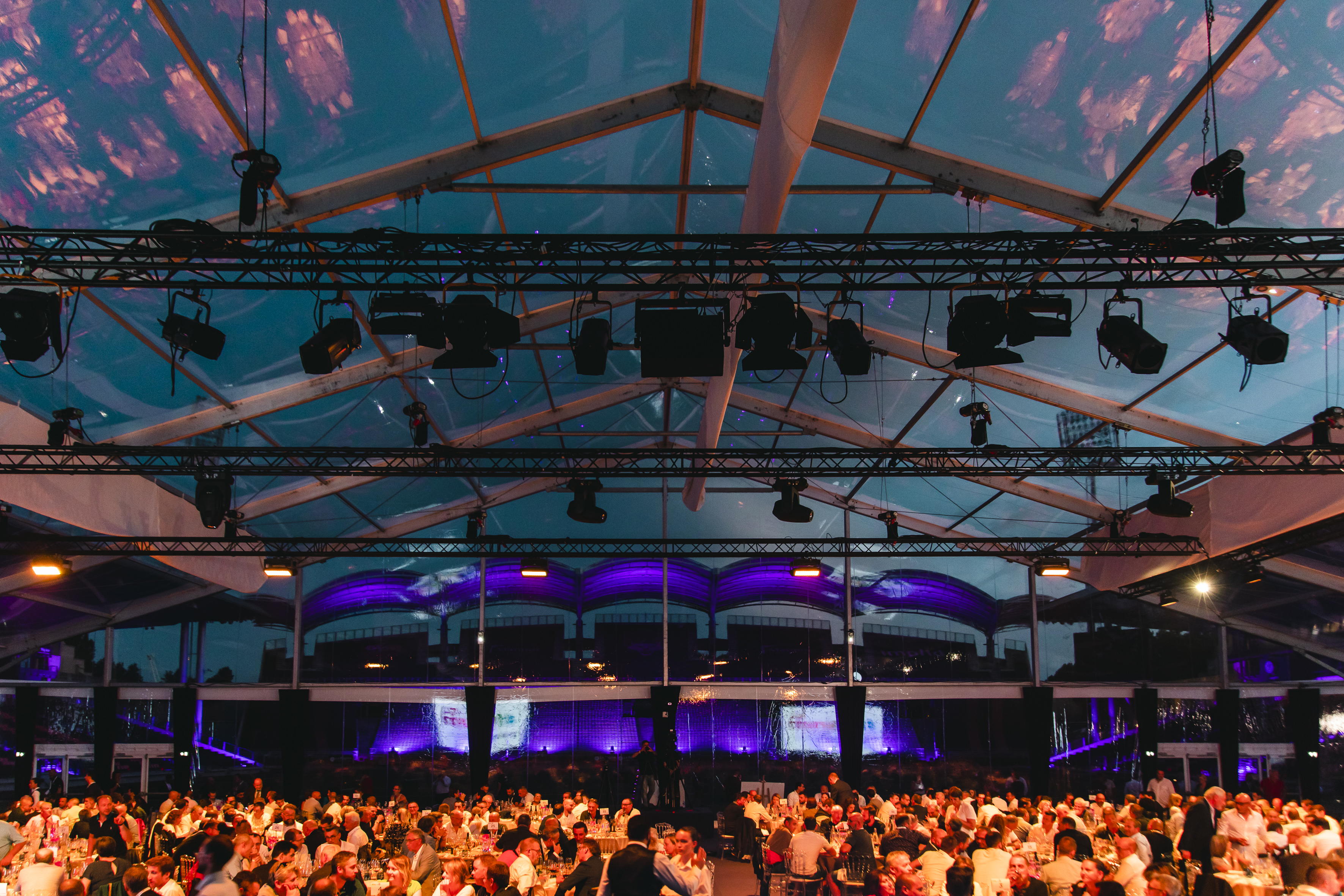
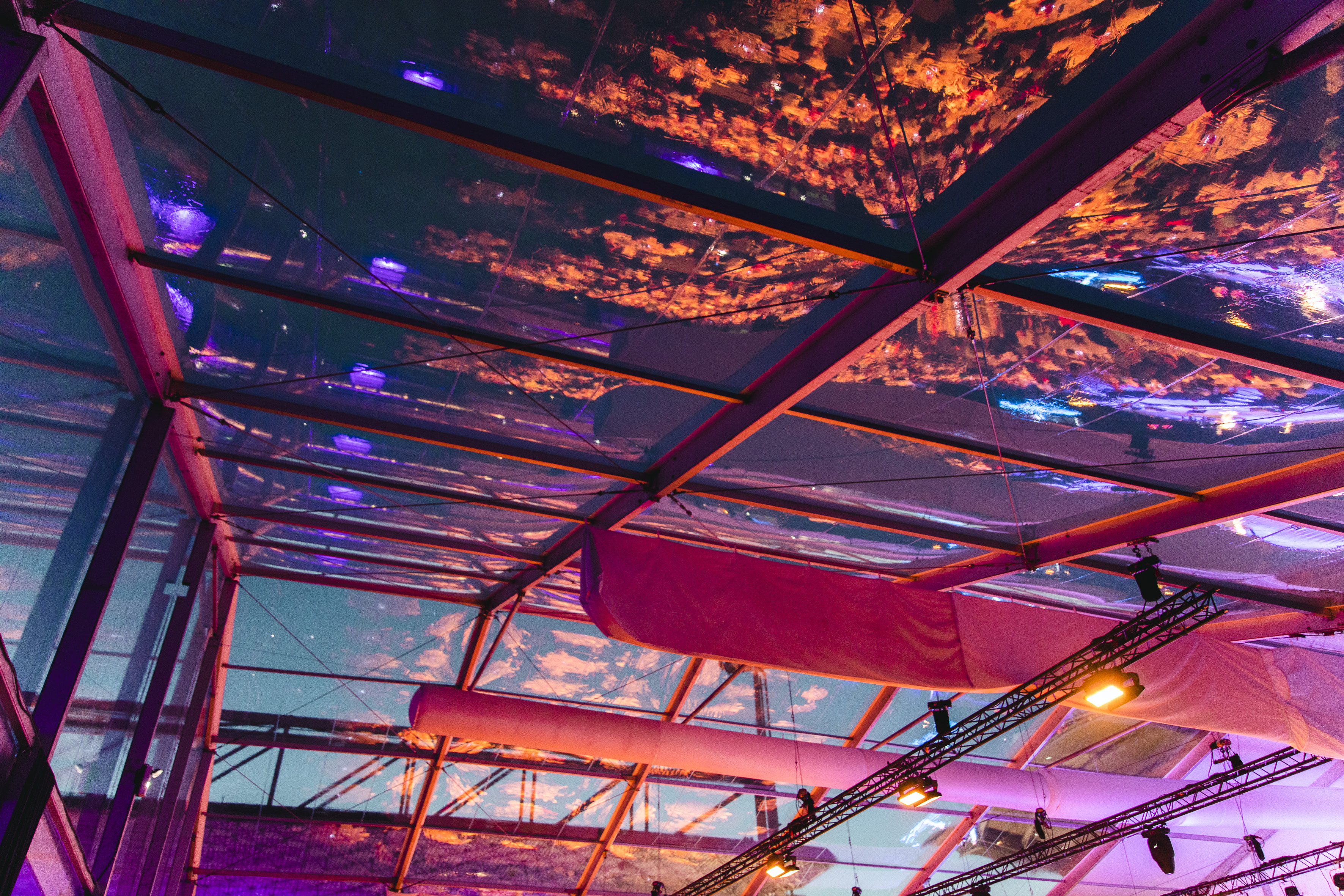
Criteria for selecting the right electrical equipment
Choosing the right equipment is crucial to ensure reliable, safe, and compliant electrical distribution. To protect your infrastructure, optimize energy usage, and meet power demands, several technical criteria must be considered. From the quality of distribution boards to the specifications of circuit breakers, as well as the selection of sockets and circuits, every component plays a key role. Adapting the equipment to the conditions of use—such as intensity, environment, and purpose—is essential to ensure durability and efficient power distribution. A precise analysis of your needs is fundamental to securing the project and avoiding any risk of error or non-compliance.
Reliability and performance of equipment
The reliability and performance of equipment are essential to ensure safe and long-lasting power distribution. Using high-quality materials allows for better energy management, protection of infrastructure, and continuous power supply. Robust distribution boards, reliable circuit breakers, and appropriate outlets help ensure compliance with standards and maintain network stability—just as we guarantee on major international trade shows.
Choosing proven brands and models
Choosing well-known brands helps ensure the quality, compatibility, and durability of your installation. Leading manufacturers offer equipment that has proven its performance and safety over time.
Taking warranty and after-sales service into account
Warranty and after-sales service quality are key factors. Working with reliable suppliers helps secure infrastructures, minimize downtime, and ensure a quick response in case of malfunction.
Energy efficiency and durability
Energy efficiency is a major challenge for any electrical infrastructure. Optimizing distribution and reducing energy consumption helps lower costs, enhance safety, and meet environmental commitments. Selecting high-performance equipment contributes to minimizing energy loss and maximizing the lifespan of the installations.
Choosing energy-efficient solutions
Choosing high energy-efficiency equipment allows for optimal use of available power while minimizing overloads. Whether it concerns distribution boards, circuit breakers, or sockets, the use of eco-efficient technologies is essential.
To address these challenges, GL events Audiovisual & Power has integrated the GEH2® mobile hydrogen generator into its fleet—a silent solution with no polluting emissions or odors. Equipped with onboard intelligence and a remote monitoring system, this generator enables real-time optimized energy management while reducing the carbon footprint of events. It represents a new approach to energy production that is both high-performing and environmentally responsible.
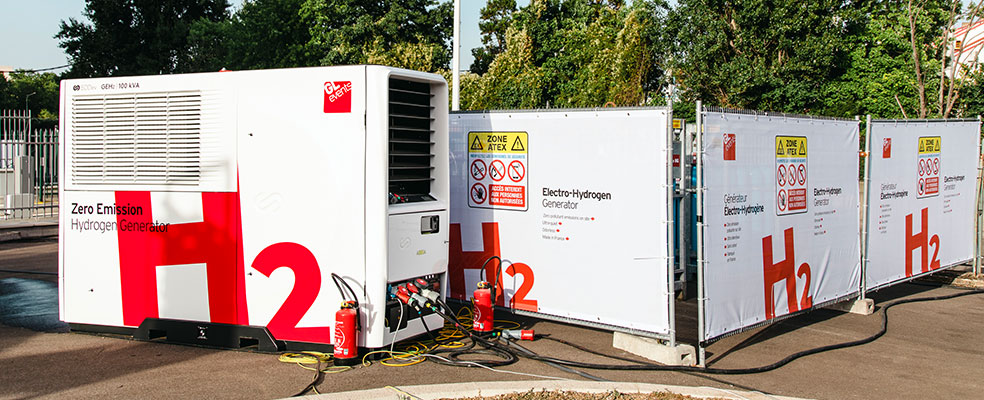
Include renewable power options whenever possible
Integrating renewable energy sources, such as solar panels or hybrid generators, is a smart strategy for diversifying power supply. It also helps manage potential outages more effectively and supports compliance with CSR (Corporate Social Responsibility) commitments.
